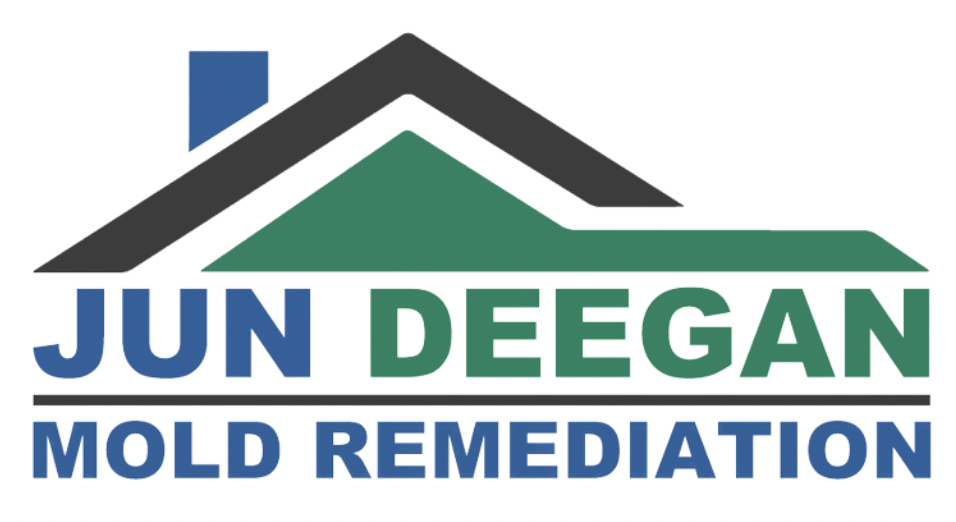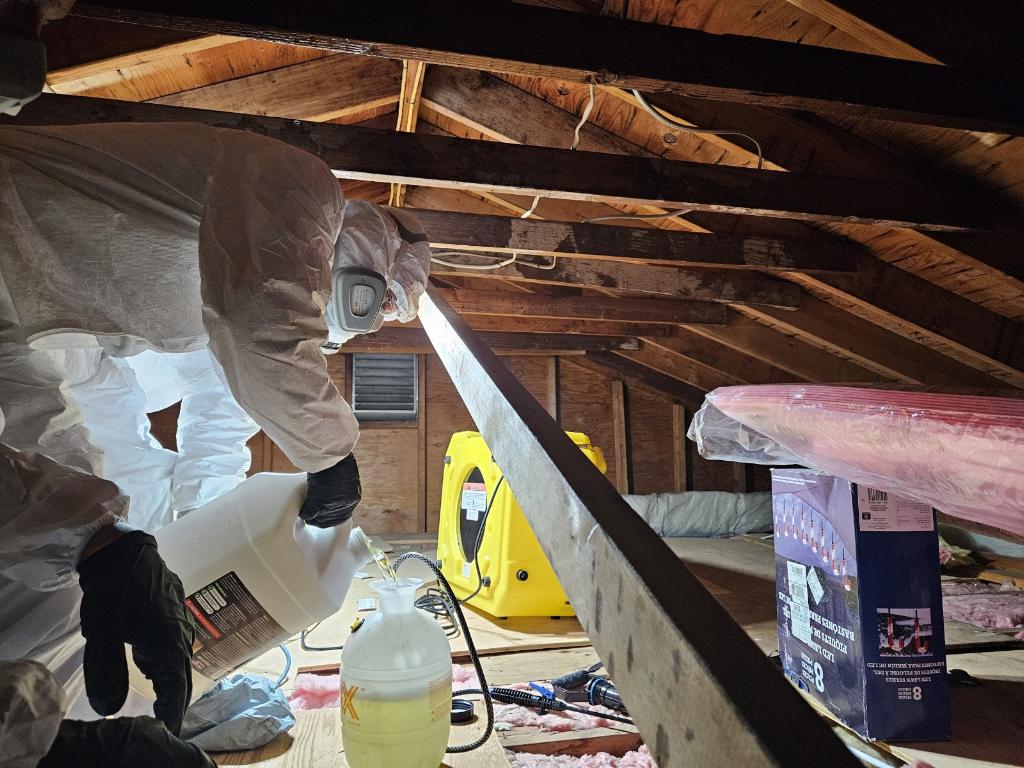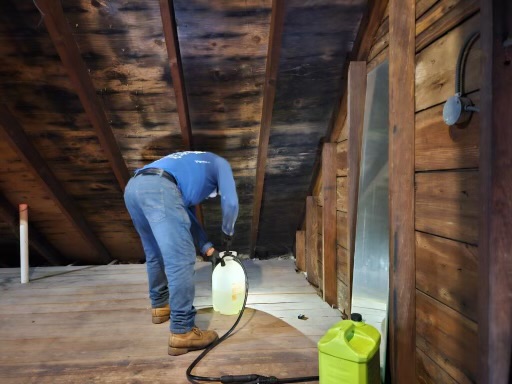When it comes to home maintenance, the attic is often the last place homeowners think to check. Tucked away above the living space and usually accessed through a hatch or ladder, attics are frequently forgotten—until a serious problem arises. Unfortunately, this neglect can turn your attic into a hidden mold trap, causing damage that spreads silently into your home.
Mold loves dark, poorly ventilated, and humid spaces—exactly the kind of environment that many attics provide. Between roof leaks, poor insulation, and blocked vents, your attic may be fostering mold growth without you even knowing it. The consequences can range from unpleasant odors and health problems to costly structural damage.
In this article, we’ll explore the factors that make attics vulnerable to mold, the signs to watch for, and most importantly, how to prevent or address a mold problem before it affects your entire home. Whether you’re preparing for spring maintenance or noticing strange odors upstairs, this guide will help you answer the question: Is your attic a mold trap?
Hidden, Overhead, and Often Ignored
The attic may not be the first place you think to check when you’re hunting for mold in your home, but it should be. Attics are one of the most common but overlooked areas where mold silently grows. With their limited airflow, poor lighting, and vulnerability to temperature and moisture fluctuations, they offer ideal conditions for mold colonies to form and spread.
If you’re like many homeowners, you may not visit your attic often—or at all. That makes it the perfect hiding place for mold to go undetected until you notice a musty odor, spot a ceiling stain, or discover rot during a renovation. The longer it hides, the more damage it causes. And if your attic is a mold trap, you could be facing not only property damage but also serious indoor air quality issues that affect the rest of your home.
In this blog, we’ll walk through the signs, causes, and preventative steps for dealing with attic mold before it becomes a costly nightmare.
Why the Attic is a Mold Magnet
Your attic is essentially a heat and moisture trap. During winter, warm air from the rest of the home rises and often gets stuck in the attic. Without proper airflow, this warm air meets cold surfaces and creates condensation on wood, insulation, and rafters. In spring and summer, the rising humidity levels make it even easier for mold to thrive, especially after periods of rain.
Combine that with roof leaks, poor insulation, or blocked soffit vents, and the attic becomes the perfect storm for mold growth. Mold feeds on the organic material found in wood framing, paper-backed insulation, and even cardboard boxes stored overhead.
Many attics are also unfinished and unmonitored, making them a prime location for mold to spread unnoticed. Since most homeowners rarely enter the attic, mold often goes undetected for months or years—only becoming obvious once serious damage has occurred or when a musty smell filters into the rest of the house.
What Makes an Attic a Mold Trap?
Several common attic design and maintenance issues create conditions that trap moisture and trigger mold growth. Understanding these risk factors is essential if you want to catch mold early—or prevent it entirely.
Key contributing factors include:
-
Poor ventilation: When soffit and ridge vents are blocked or undersized, warm moist air lingers. Without airflow, this warm air condenses on colder attic surfaces and keeps everything damp, especially after showers or cooking.
-
Roof leaks: Even small leaks around nails, flashing, or skylights introduce moisture that gets trapped in insulation and rafters. These leaks may go unnoticed for months, causing mold to take root and spread across hidden areas.
-
Inadequate insulation: Without a vapor barrier or with displaced insulation, moisture from the house below enters the attic. This creates a warm, humid microclimate ideal for mold growth and may also raise your energy bills.
-
Bathroom fans venting into the attic: A common but critical error. These fans should vent outside, not into an enclosed space. Moist air from daily showers gets deposited directly into the attic, quickly raising humidity levels.
These problems are easy to overlook during routine home care but can turn any attic into a mold-prone environment if not addressed quickly.
Early Warning Signs to Look For
Because attics are often out of sight, it’s important to recognize the indirect signs that your attic may be harboring mold. Even without visible spores, the effects of attic mold can creep into your living spaces below and affect everything from air quality to your home’s structure.
Be on the lookout for:
-
Persistent musty odors that linger upstairs or in adjacent rooms. This scent can be strongest after rain or during humid days and is often mistaken for dirty laundry or damp storage.
-
Discoloration or water stains on second-floor ceilings or walls. These marks suggest leaks above that may have caused mold growth behind the drywall or ceiling material.
-
Visible patches of black, white, or green mold on rafters or insulation. Often starting as small spots, these can expand rapidly and indicate an active mold colony that needs immediate attention.
-
Condensation or frost on attic windows, nails, or beams. This moisture is a sign of poor ventilation and thermal imbalance, both of which support mold growth.
Any of these signs mean it’s time to take a closer look. Left untreated, attic mold can escalate quickly and start affecting not just your attic—but your entire home.
How Attic Mold Affects the Whole House
Mold in the attic doesn’t stay confined to that space. Spores can travel through tiny openings in ceilings, or through your HVAC system, and circulate throughout the home. This causes poor indoor air quality, which can lead to sneezing, coughing, sore throats, fatigue, and headaches—especially for people with allergies or asthma.
Beyond health concerns, attic mold can cause structural damage. It weakens wood, damages insulation, and can eventually lead to the need for full roof replacements. The longer the mold goes untreated, the more difficult and expensive it is to remove.
Attic mold can also be a dealbreaker during a home sale. Inspectors are trained to look for mold, especially in overlooked areas like attics. If it’s discovered during the sale process, you may be forced to reduce your asking price or delay closing until remediation is complete. Addressing the problem early helps protect your investment and avoids future surprises.
Why Spring is the Ideal Time to Check
Spring is the season of thawing snow, blooming trees—and unfortunately, moisture buildup. As temperatures rise, the warmth interacts with remaining winter dampness to create condensation in attics. Combine that with frequent spring rain and you’ve got the ideal climate for mold to flourish.
This seasonal shift makes spring the perfect time for a thorough attic inspection. You’ll be able to see how your attic handled winter’s moisture, spot roof issues that emerged from freeze-thaw cycles, and prepare the space for summer’s humidity. A spring mold inspection ensures you catch issues now—before heat and moisture create the perfect storm.
Plus, most people are already doing spring home maintenance. So it’s easy to fold attic checks into your regular seasonal to-dos, such as roof repairs, gutter cleanouts, and insulation upgrades.
What to Do If You Suspect a Mold Trap
If your attic shows signs of mold or has the conditions that allow mold to thrive, don’t wait. Mold doesn’t go away on its own, and the longer you wait, the more it spreads—and the more it costs to fix.
The first step is to schedule a professional mold inspection. Certified mold inspectors use advanced tools like thermal imaging cameras, moisture meters, and air quality samplers to determine how widespread the issue is—and exactly what type of mold you’re dealing with.
A professional can also assess ventilation, insulation, and roofing issues, helping you not only remove the mold but prevent it from coming back. At Jun Deegan Mold Remediation, we perform comprehensive inspections that get to the root of the problem, whether that’s poor airflow, undetected leaks, or improperly routed bathroom vents.
Don’t Let Your Attic Become a Mold Trap
Your attic might be out of sight—but that doesn’t mean it should be out of mind. Mold loves the conditions found in most attics, and once it gets started, it’s hard to stop. That’s why early detection and prevention are critical.
Spring is the perfect time to act. With professional inspection and targeted solutions, you can ensure your attic stays mold-free—and your home stays safe, healthy, and structurally sound.
📞 Call Jun Deegan Mold Remediation at (908) 322-1533
📧 Email: info@jun-deegan-mold-remediation.com
🌐 Visit: www.jun-deegan-mold-remediation.com
Related Posts:
- Attic Mold: What Causes It and How to Get Rid of It for Good
- How to Protect Your NJ Home from Mold Before Selling It
- How Long Does Mold Remediation in New Jersey Take? What to Expect



